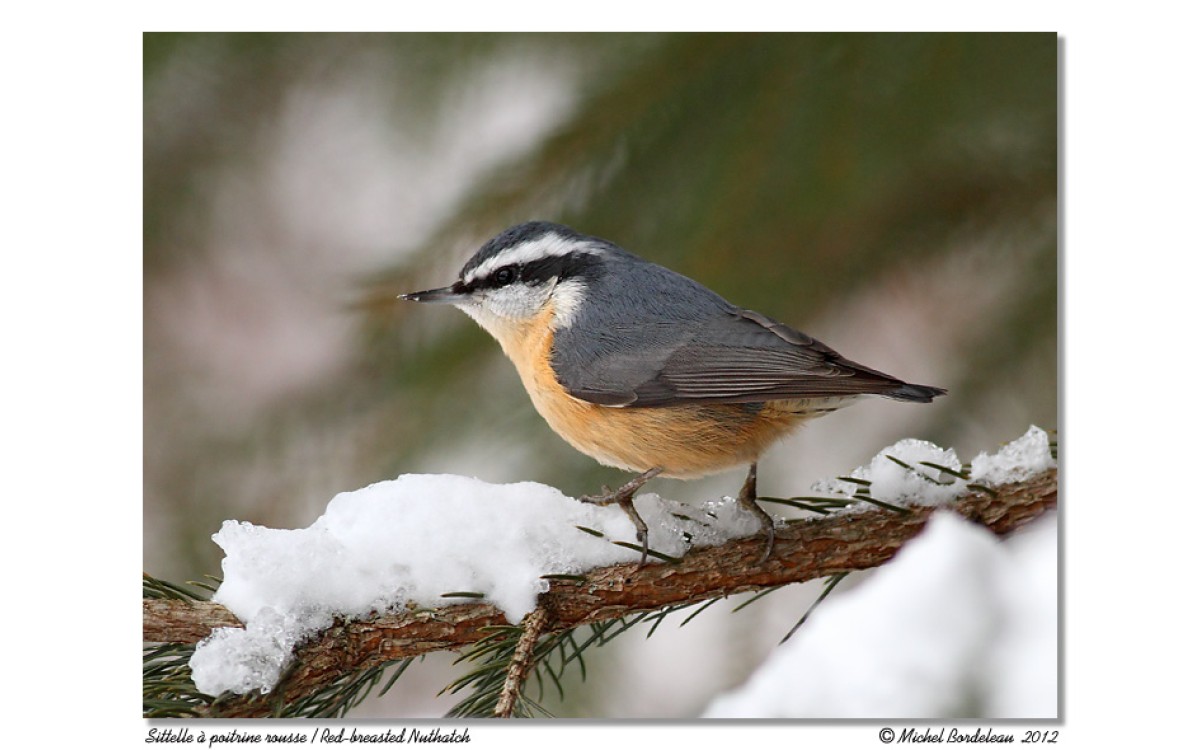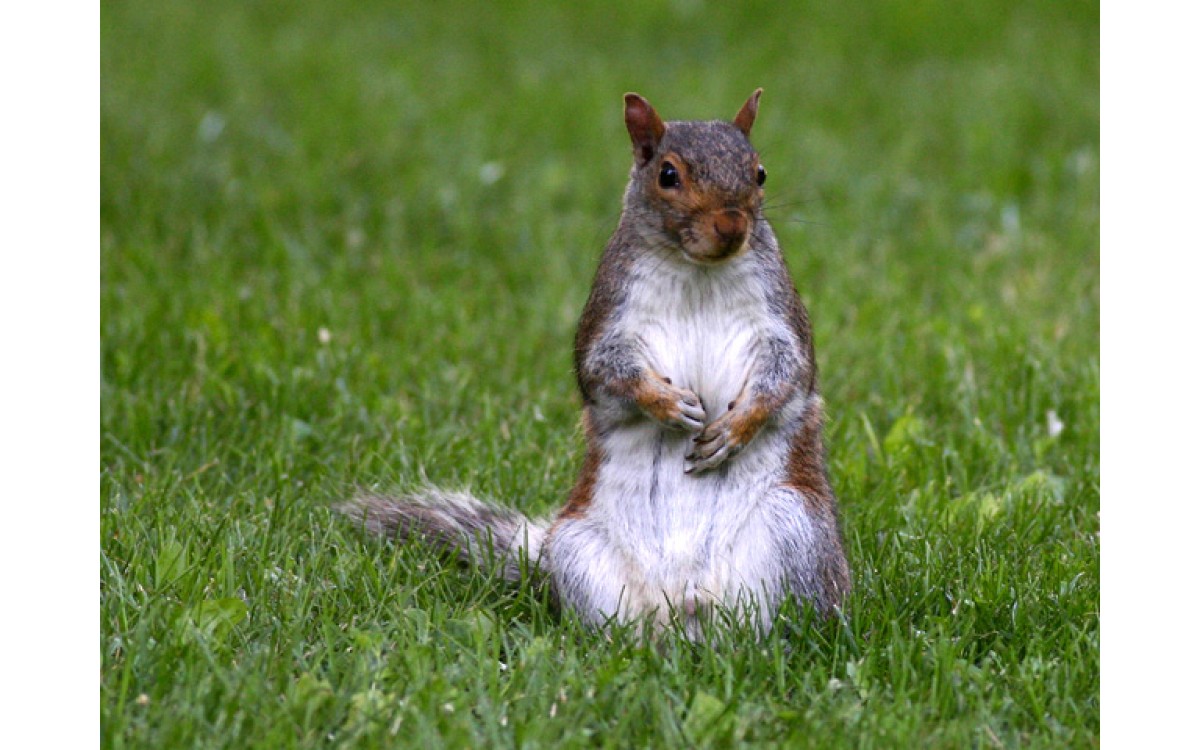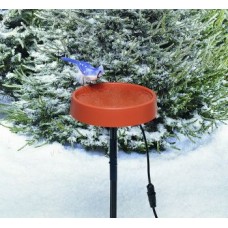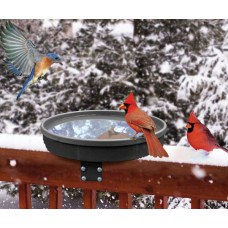Have you ever looked out your window on a freezing morning and wondered: how do tiny chickadees or bright red cardinals survive Québec’s brutal winters? With temperatures dropping below -40°C, snow, and ice, their resilience is astonishing. Luckily, nature has equipped them with remarkable survival strategies—and we can lend a helping hand too.
Which Birds Stay All Year?
Most of the birds we see at feeders in winter are year-round residents.
Common winter birds include :
- Chickadees
- Northern Cardinals
- Nuthatches
- House Finches
- Woodpeckers
- Sparrows
- Mourning Doves
- and about half the population of American Goldfinches
More species can be spotted, but these are among the most familiar.
One question we are often asked is :
How do they survive such extreme cold ? Let us take a look at their winter survival strategies.
1. Body Temperature & High Metabolism
Birds maintain a high body temperature of around 40°C (104°F), and their heart rate can range from 150 to 350 beats per minute, depending on their size. This fast metabolism helps generate heat, but it also means birds must eat frequently to meet their high energy needs.
To support them through winter, provide:
Even though birds can forage naturally, feeders become crucial on icy days when snow and ice cover food sources.
Avoid feeding birds or ducks with bread.
Bread offers little nutritional value and gives them a false sense of satiety, which can be harmful.
2. Feather Insulation: Nature’s Winter Coat
Feathers play a vital role in keeping birds warm:
- Birds fluff up their feathers to trap warm air close to their body.
- Before winter, many species go through a pre-winter molt that thickens their plumage.
- They seek sheltered perches to reduce heat loss from wind exposure.
This built-in insulation helps to keep their energy and maintain body heat.
Conversely, during hot weather birds press their feathers close to their body to release heat. Their plumage adjusts accordingly to the seasons .
3. Managing Water in Cold Weather
Water can be hard to find in winter, so birds have adapted :
- They reduce water loss by exhaling less moisture.
- They sometimes eat snow to stay hydrated—but this cools them down and uses up extra energy as they must reheat their bodies afterward.
One way to help:
Install a heated birdbath which keeps water just above freezing and prevents ice build up. These baths allow birds to drink and bathe even in sub-zero temperatures, helping maintain healthy feathers and hydration.
4. Feeders Are Changing Migration Patterns
Thanks to the consistent availability of food at feeders, some species that used to migrate south now choose to stay in Québec year-round. Notably:
- American Robin
- American Goldfinch
Over time, these birds are adapting to the cold and learning to find food during the winter season.
In Summary
Winter birds are survival experts. Their insulating feathers, high metabolism, water management skills, and our support make all the difference.
By offering nutritious food, shelter, and unfrozen water, you’re not only helping them survive but also enjoying the beauty and joy of winter bird watching from your window.






